Convex lenses (including magnification)
I can use a convex lens to form an image on a screen, and describe how the image can vary depending on the object distance.
Convex lenses (including magnification)
I can use a convex lens to form an image on a screen, and describe how the image can vary depending on the object distance.
These resources will be removed by end of Summer Term 2025.
Lesson details
Key learning points
- Convex lenses can produce an inverted image on a screen by refracting light.
- Rays parallel to the principal axis are refracted to the principal focus, located at the focal length of a convex lens.
- The image distance and size (magnification) depend on the power of the lens and the object distance.
- As the object distance decreases, the image distance and size both increase, until the object reaches the focal length.
- If the object is too close to the lens, the rays leaving the lens are parallel/diverging, images can't form on a screen.
Keywords
Diminished - Diminished means smaller than an object’s real size. It is the opposite of magnified.
Convex - A convex shape bulges ‘out’ rather than bulging ‘in’ (concave).
Principal focus - Rays of light incident on a convex lens parallel to the principal axis are focused to a point called the principal focus.
Focal length - The focal length is the distance from the centre of the lens to the principal focus.
Lens power - The greater the power of a lens, the greater the angles through which light is refracted and the shorter the focal length.
Common misconception
Pupils often think there is only one ray of light for each point of light on the image.
Many rays of light pass through the lens from each point on the object, but all the rays from a single point arrive at a single point at the image distance. The rays from each point on the object arrive at corresponding points at the same distance.
To help you plan your year 11 physics lesson on: Convex lenses (including magnification), download all teaching resources for free and adapt to suit your pupils' needs...
To help you plan your year 11 physics lesson on: Convex lenses (including magnification), download all teaching resources for free and adapt to suit your pupils' needs.
The starter quiz will activate and check your pupils' prior knowledge, with versions available both with and without answers in PDF format.
We use learning cycles to break down learning into key concepts or ideas linked to the learning outcome. Each learning cycle features explanations with checks for understanding and practice tasks with feedback. All of this is found in our slide decks, ready for you to download and edit. The practice tasks are also available as printable worksheets and some lessons have additional materials with extra material you might need for teaching the lesson.
The assessment exit quiz will test your pupils' understanding of the key learning points.
Our video is a tool for planning, showing how other teachers might teach the lesson, offering helpful tips, modelled explanations and inspiration for your own delivery in the classroom. Plus, you can set it as homework or revision for pupils and keep their learning on track by sharing an online pupil version of this lesson.
Explore more key stage 4 physics lessons from the Electromagnetic waves unit, dive into the full secondary physics curriculum, or learn more about lesson planning.

Content guidance
- Risk assessment required - equipment
Supervision
Adult supervision required
Licence
Starter quiz
6 Questions
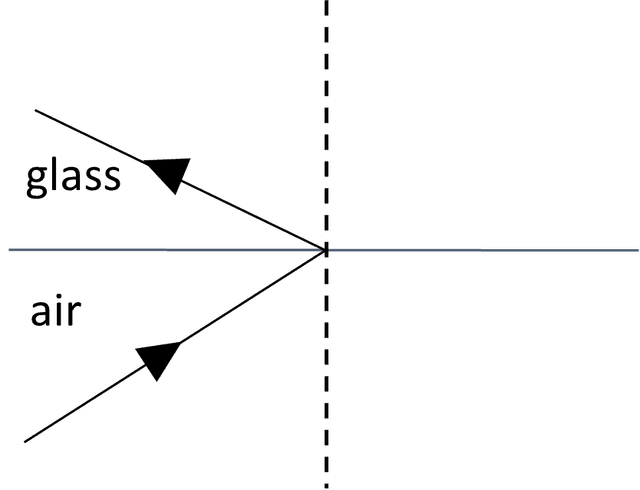
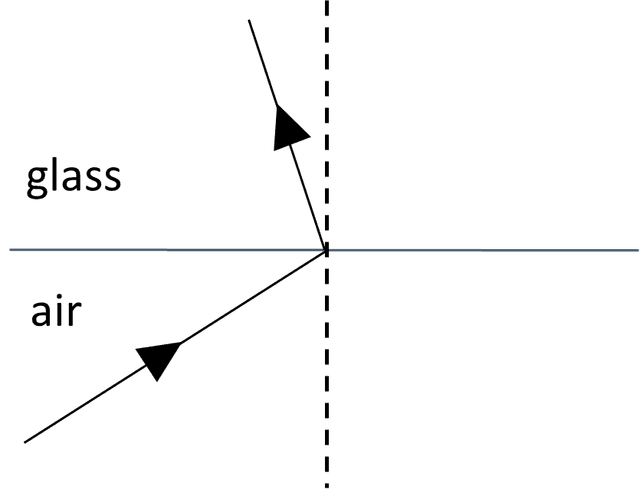

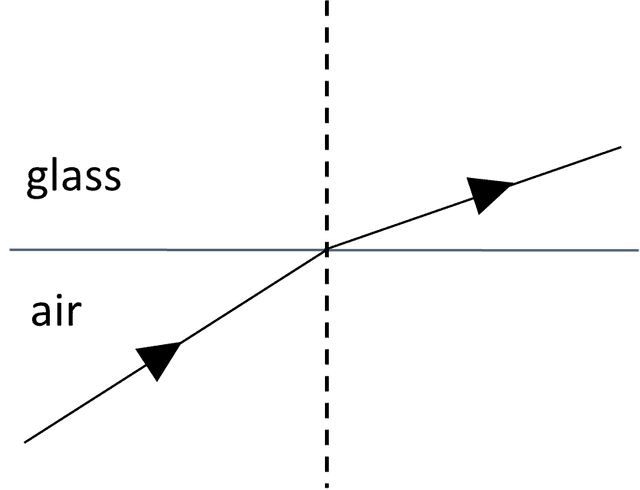
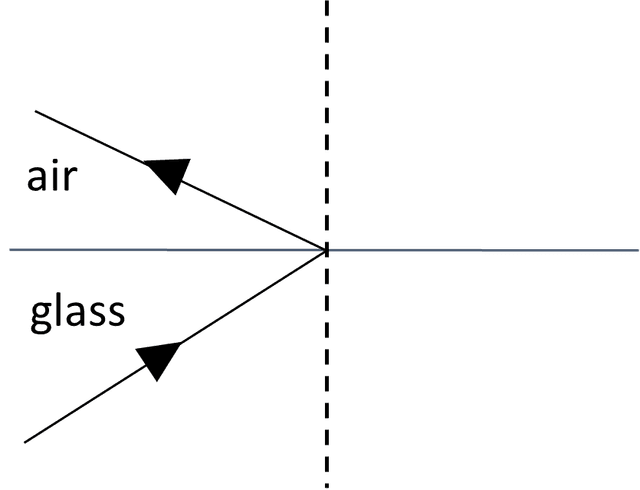
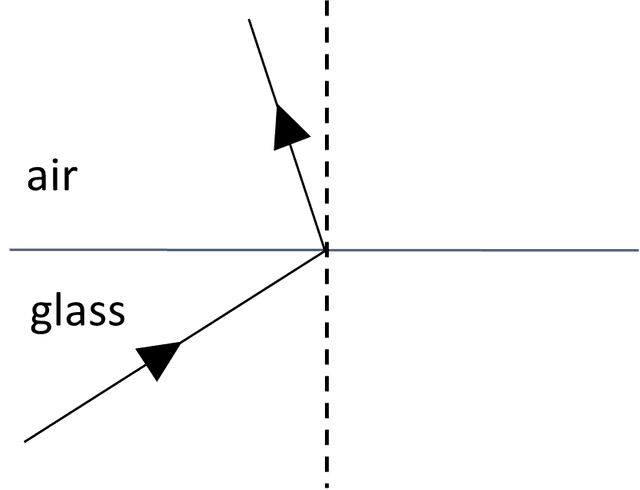
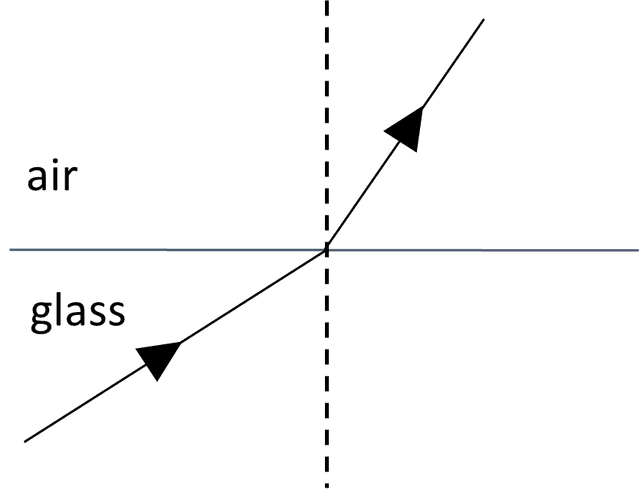
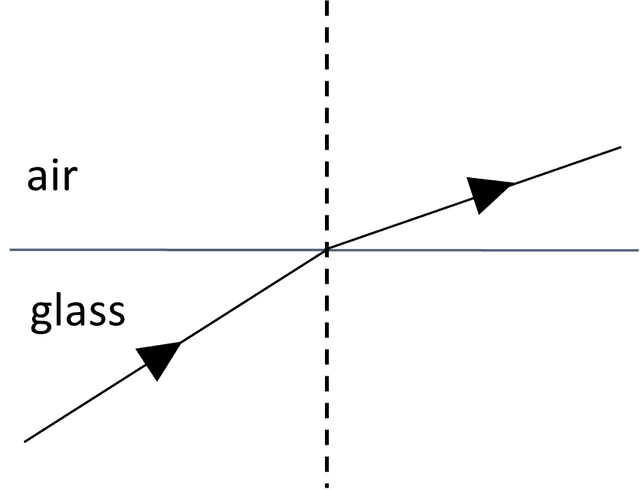


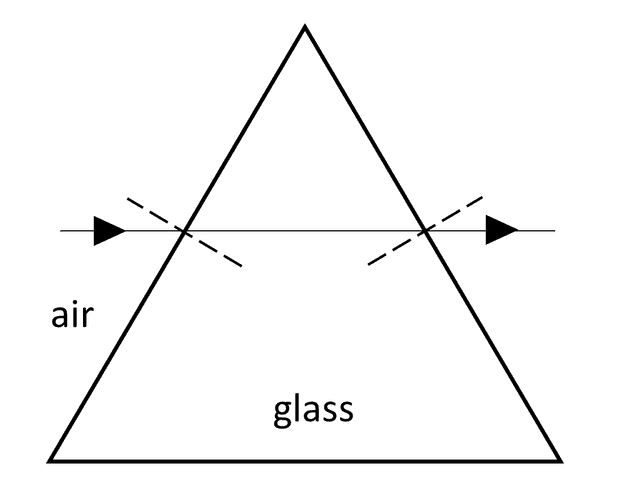
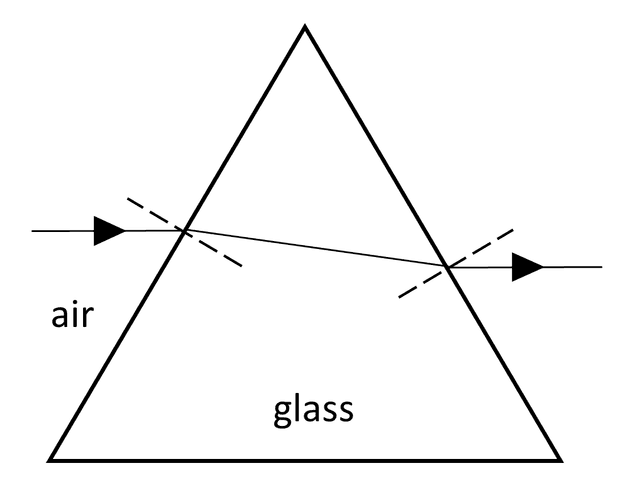
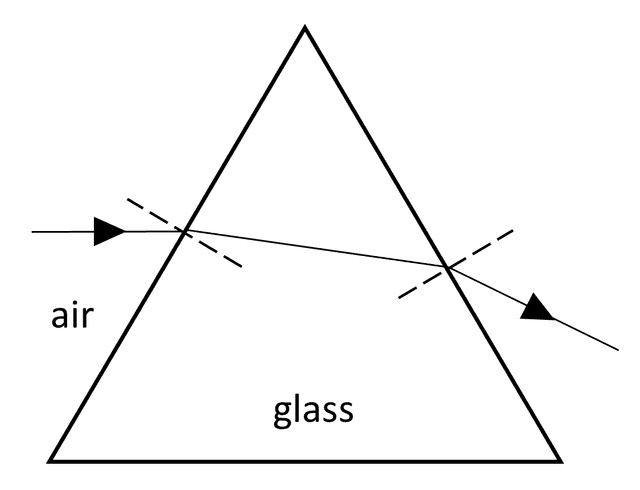
Exit quiz
6 Questions
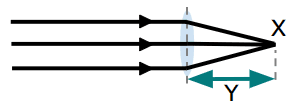
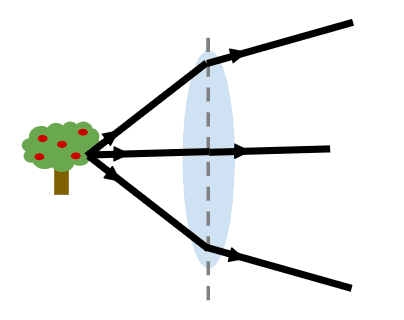
Image located between f and 2f, and is diminished.
Image located at 2f, and is life–size.
Image located further away than 2f, and is magnified.
No image forms as rays leaving the lens are parallel.
No image forms as rays leaving the lens are diverging.



